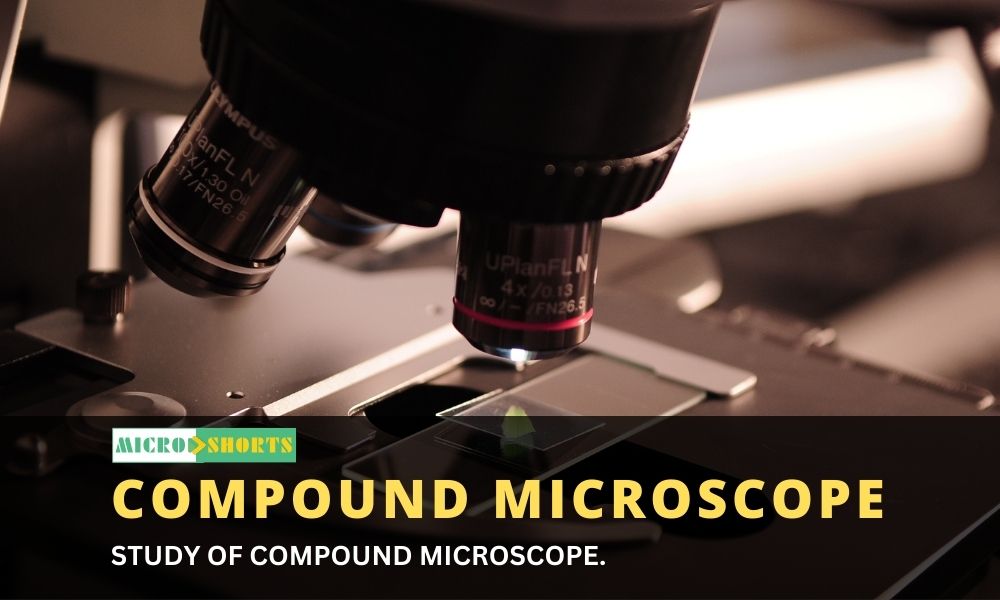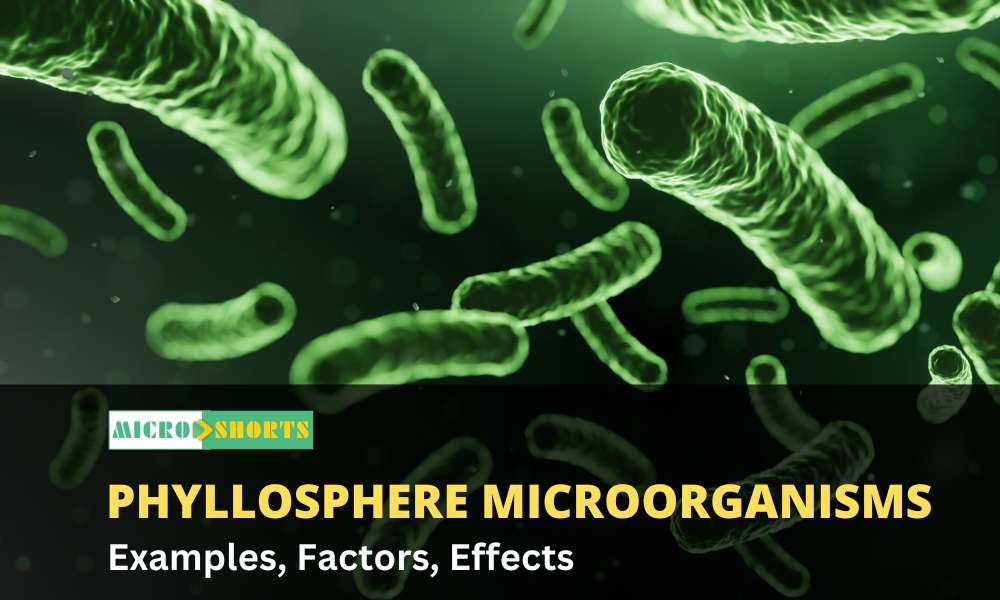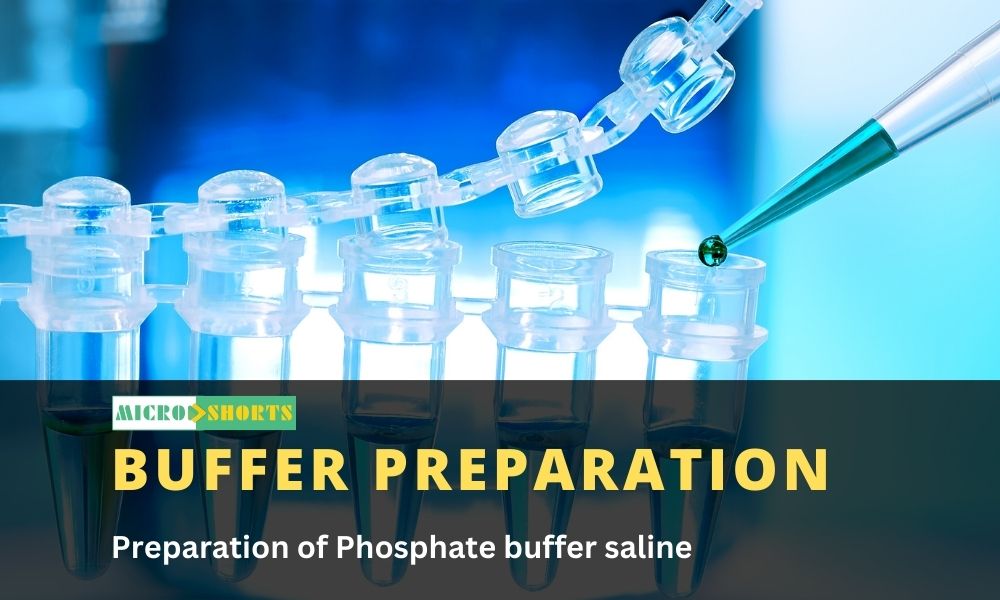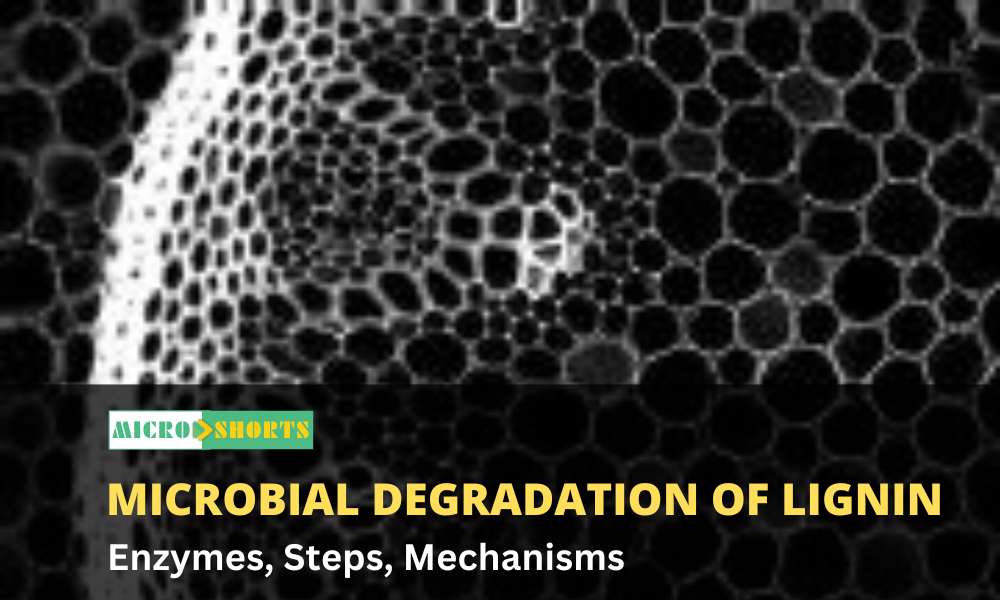INTRODUCTION
The word microscope is derived from two Greek words ‘micro’ meaning small and ‘scope” meaning to view. In other words a microscope is an instrument used for visual examination of small objects which cannot be properly examined by the unaided eye.
COMPOUND MICROSCOPE
It differs from the simple microscope in that, it has two separate lens systems. Component Parts of the microscope, their locations and functions are as follows.
Functions of Various Parts of Compound Microscope

Base or stand: the ‘U’ shaped or square foundation which gives
stability to the instrument.
Arm or handle: by means of which it may be moved or carried,
to which are Attached the Magnifying and adjustment systems.
Stage: a platform which provides a surface for the placement of slide with its specimen over the opening. In addition the fixed stage, most microscopes have a ‘mechanical stage’ that Can be moved vertically or horizontally by means of adjustment knobs.
Clips: the set of removable spring clips which hold in place
the slide with object.
Mirror: the light reflecting device placed under stage and
employed to illuminate the object on the stage. Modern microscopes have been
replaced by inbuilt source of light.
Condenser: a system of lenses placed under stage; its function is to focus a strong beam Of light upon the object being examined.
Iris diaphragm: a device placed beneath the condenser and capable of manipulation so as To adjust the quantity of light.
Eye piece or ocular: a combination of lenses, placed in the
upper portion of the body tube, which magnifies the image formed by the
objective lens system. Two eye pieces -5X and 10X are generally provided.
Coarse and fine adjustment: the screw mechanisms by which the
body tube and its magnification system may be raised or lowered quickly over a
wide range to bring the objective approximately into focus. Fine adjustment:
moves the body tube slowly, and over a very limited range, by means of which
the object is brought into sharp or exact focus.
Objectives: a system of small lenses which constitute primary magnifying mechanism and are attached to the nose piece. There are usually three objectives, low power, high power, and oil immersion objectives.
Eye piece or ocular: a combination of lenses, placed in the upper portion of the body tube, which magnifies the image formed by the objective lens system. Two eye pieces -5X & 10X are generally provided.
Coarse & fine adjustment: the screw mechanisms by which the body tube and its magnification system may be raised or lowered quickly over a wide range to bring the objective approximately into focus. Fine adjustment: moves the body tube slowly, and over a very limited range, by means of which the object is brought into sharp or exact focus. (Coaxial focus: Modern. Focusing system that has both the coarse and fine focusing knobs mounted on the same axis. Usually the coarse knob is larger and on the outside and the fine knob is smaller and on the inside.)
MAGNIFICATION
The total magnification is the product of the separate
magnification of the objective and of the eyepiece, and depends on three
factors whose relationship is as follows:
Total magnification = length of the body tube × eye piece magnification / Focal length of objective
RESOLVING POWER
It is the ability to show two adjacent objects as discrete entities (separate objects). Dependent on the wavelength of light used and the numerical aperture of the objective lens. This is expressed by the following formula.
Resolving power = Wave length of light. /2 NA (numerical aperture)
Thus, to have the greater resolving power; the shorter wave length and the larger numerical aperture values are desirable.
Numerical Aperture (NA)
The angle subtended by the optical axis and the outermost Rays still covered by the objective is the measure of the aperture of the objective; it is the half aperture angle. The magnitude of this angle is expressed as a sine value. The sine value of the half-aperture angle multiplied by the refractive index (n) of the medium filling the space between the front lens and the cover slip gives the numerical aperture:
Numerical apertures =n sin ϴ
|
Mounting Media. |
Refractive Index (n)
|
|
Paraffin oil. |
1.47 |
|
Canada balsam. |
1.53 |
|
Cedar wood oil
|
1.51 |
|
Sandalwood oil.
|
1.51 |
Using a Microscope
- Place the microscope on a stable place on a bench of suitable
height., free from vibrations.
- Provide illumination from any of the three sources, i.e.,
built-in lamp, external lamp or sunlight.
- Direct the path of light to pass through diaphragm, condenser,
and the hole of the stage with Maximum intensity while setting the mirror. Use
the concave side of the mirror if there is No condenser and use the plane side
if there is a condenser; keep the condenser at the top Position.
- Place the slide bearing object to be examined, between the
clips on the mechanical stage.
- Revolve the nosepiece and align the low power objective 10X to
examine the object slide (objective must click into place).
- Look through the eyepiece and not into it. Adjust the
illumination to improve the contrast. In case of low power, the illumination is
cut down to minimum by reducing the aperture
- Put one hand on the focusing knob (course or fine as the case
may be), and other on the screw to move the stage. Use the course adjustment
knob for bringing the object to focus and get a sharp focus with the fine
adjustment knob. The low power objective is commonly used to screen the field
of the view. Bring the object of interest in the Centre.
- Switch to high power (40X) and increase the illumination as
needed. Hile changing the objective by rotating the nose piece make sure that
the objective clicks into place. Repeat the process of focusing as described
earlier by using the coarse adjustment knob followed by Fine adjustment knob.
Normally modern microscopes being par focal (once the object is Focused under
any objective, it stays in focus for all objectives and no further adjustments
are necessary)
- After screening under low power and examining under high
power, oil-immersion objective is used for obtaining greater details of the
object.
- Place a small drop of oil on the slide, over the path of the
light. Increase the illumination to maximum. Turn the nosepiece and set the oil
immersion objective in its place.
- Use fine adjustment knob to get the object in focus. If this
fails, use course adjustment to focus the slide.
- With the use of fine adjustment, bring the object sharply into
focus. It often necessary at times to raise or lower the condenser so that the
optimum illumination is secured. This is termed’ ‘Critical illumination”.
Reference
RAKESH J. PATEL, EXPERIMENTAL MICROBIOLOGY, VOL-1, ADITYA PRAKASHAN, AHEMDABAD (ISBN - 9788123909387)









Comments